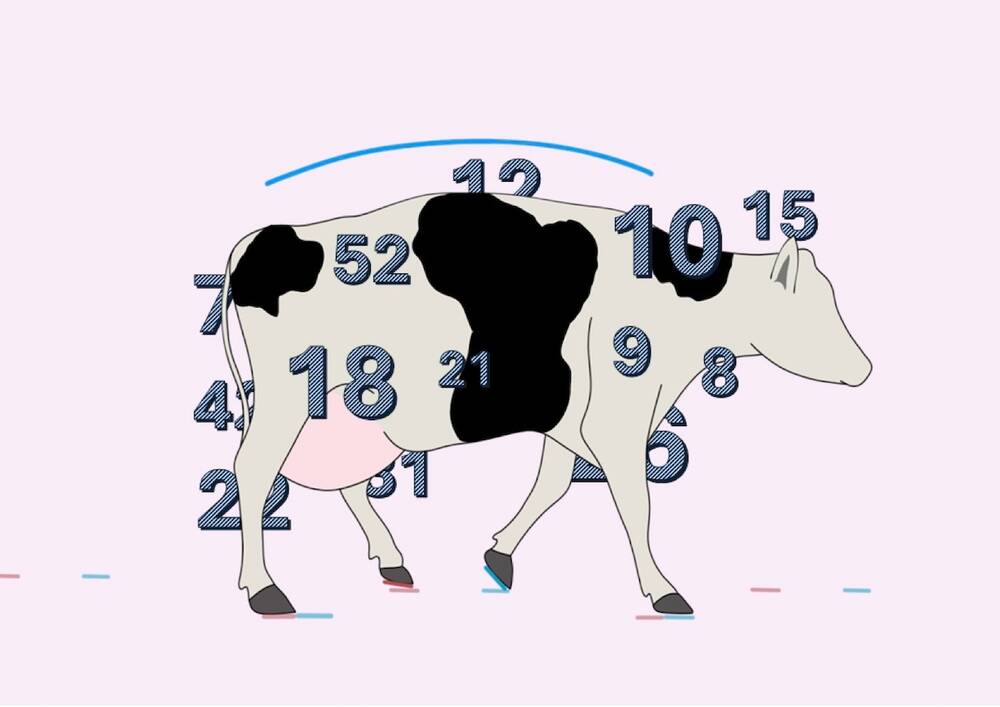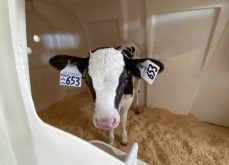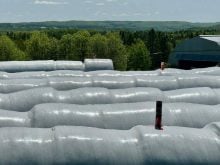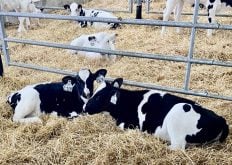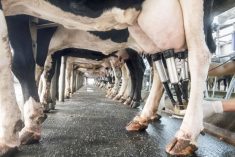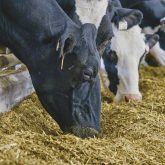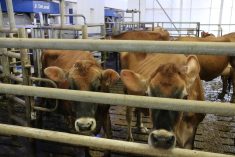If you had to choose one number to explain the lameness situation in your herd, what would it be?
Most dairy producers can easily recite key figures like milk production averages, pregnancy rates, or even mastitis prevalence. Yet, when it comes to lameness, many struggle to define a metric that accurately reflects the current state. Instead, they often rely on the latest hoof trimming report, if available, or recall how many blocks or wraps were applied recently.
While these details provide some insight, they don’t offer a clear or comprehensive understanding of the herd’s overall lameness status.
Read Also

Ontario dairy goat producers move toward forming provincial board
Creation of a Dairy Goat Board under the Ontario Farm Products Marketing Commission may be voted on by early 2026.
The lack of acknowledgment of lameness as a serious economic, health and welfare concern is likely the main reason why producers have not developed more comprehensive systems for meaningful metrics.
Without these systems to provide the full picture, it becomes nearly impossible to identify trends, monitor progress, or improve management strategies effectively.
To build a comprehensive hoof care program, the first and most crucial step is recording precise hoof trimming data. Fortunately, most hoof trimmers today use data recording software that captures detailed information about each trimming session. These tools allow trimmers to log hoof lesions and treatment measures for every cow, creating a valuable database for analyzing herd lameness trends over time. For those without software, detailed recording sheets are a practical alternative, providing a straightforward way to document outcomes.
Regardless of the method, consistent and accurate record-keeping is the foundation for understanding and managing lameness effectively.
However, don’t let these records pile up unused. Simply stacking them achieves nothing. Instead, compile, analyze, and put the data to work. Data is only powerful if interpreted and used effectively. Analyze hoof trimming data seasonally and annually to uncover trends, identify gaps in operations, and ensure routine trimming, treatments and rechecks are adequate.
Thorough analysis can reveal lesion patterns, highlight recurring issues, and help pinpoint specific risk factors. Are certain lesions more common during wet seasons? Are rechecks being performed on time, or are they overlooked? Identifying these patterns is essential because, without understanding the root of the problem, how can you solve it? Take digital dermatitis, for example. By analyzing its incidence patterns, you can adjust control measures, such as the frequency and concentration of footbaths, and assess their effectiveness. These insights allow you to refine your approach and combat the issue more effectively.
Monthly locomotion scoring is another critical tool. Multiple systems are available, and implementing one as part of routine monthly tasks provides invaluable insights. Locomotion scoring not only helps identify lame cows, particularly those in the early stages when timely intervention can prevent complications, but it also serves as a reliable metric for assessing the herd’s lameness status.
Having a monthly figure for the number of lame cows or those with higher locomotion scores offers a clear benchmark to monitor progress. These data points can be analyzed to track changes in lameness prevalence and evaluate the effectiveness of your management strategies. Critical questions, such as how many new cases were identified and how many previously lame cows have recovered, can be answered.
By consistently tracking these metrics, you gain a deeper understanding of your herd’s health and can adjust your practices to ensure continuous improvement.
The take-home message is clear: recording and analyzing hoof trimming data, along with regular locomotion scoring, are essential for managing lameness effectively. These tools provide not only a reliable number to define lameness in your herd but also detailed insights to identify problems, track progress, and refine strategies. With this information, you can make informed decisions that improve herd health, productivity, and overall farm success.
Amir Nejati has a DVM degree and a Master’s degree in Animal Science from McGill University and serves as a dairy cattle specialist at Clearbrook Grain & Milling in British Columbia



